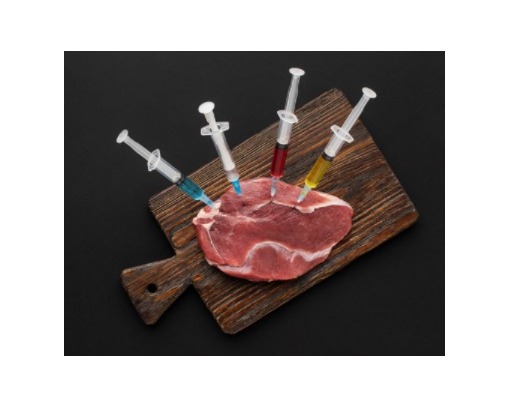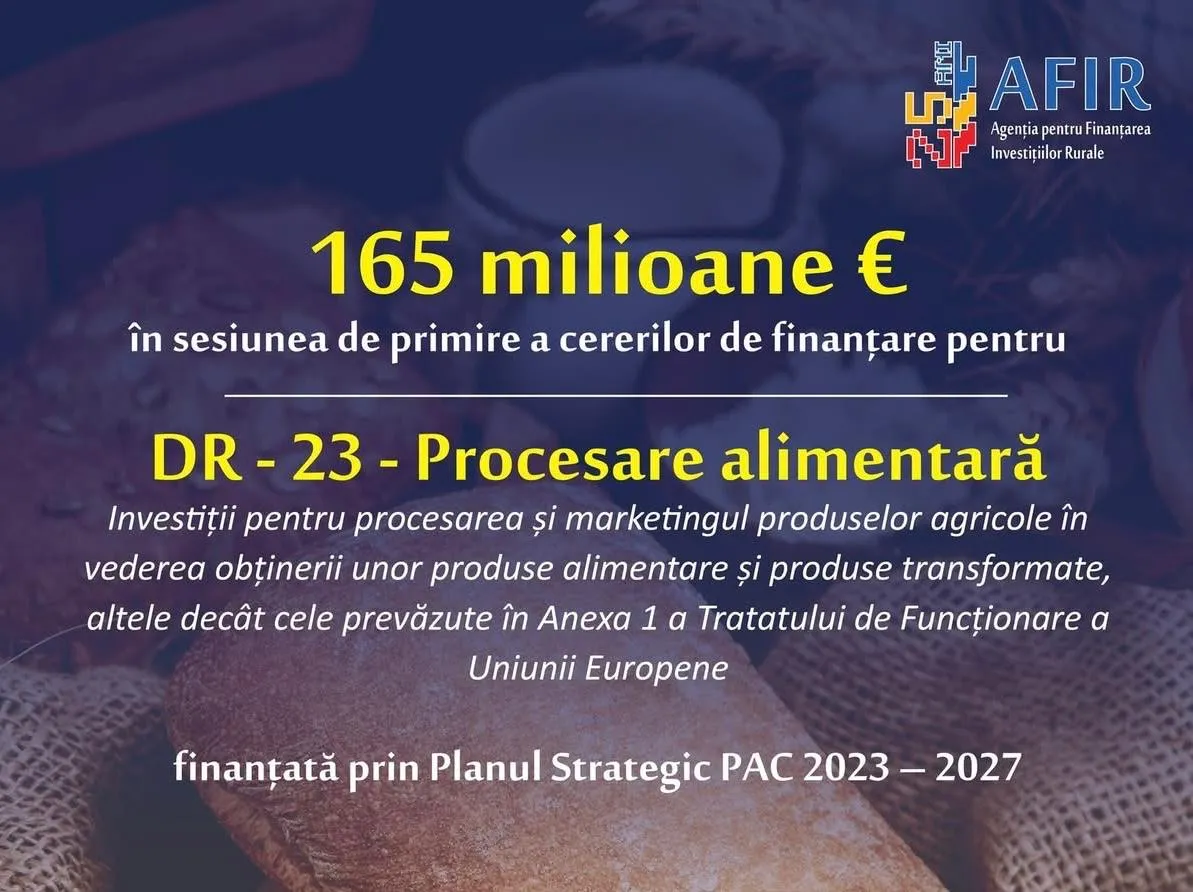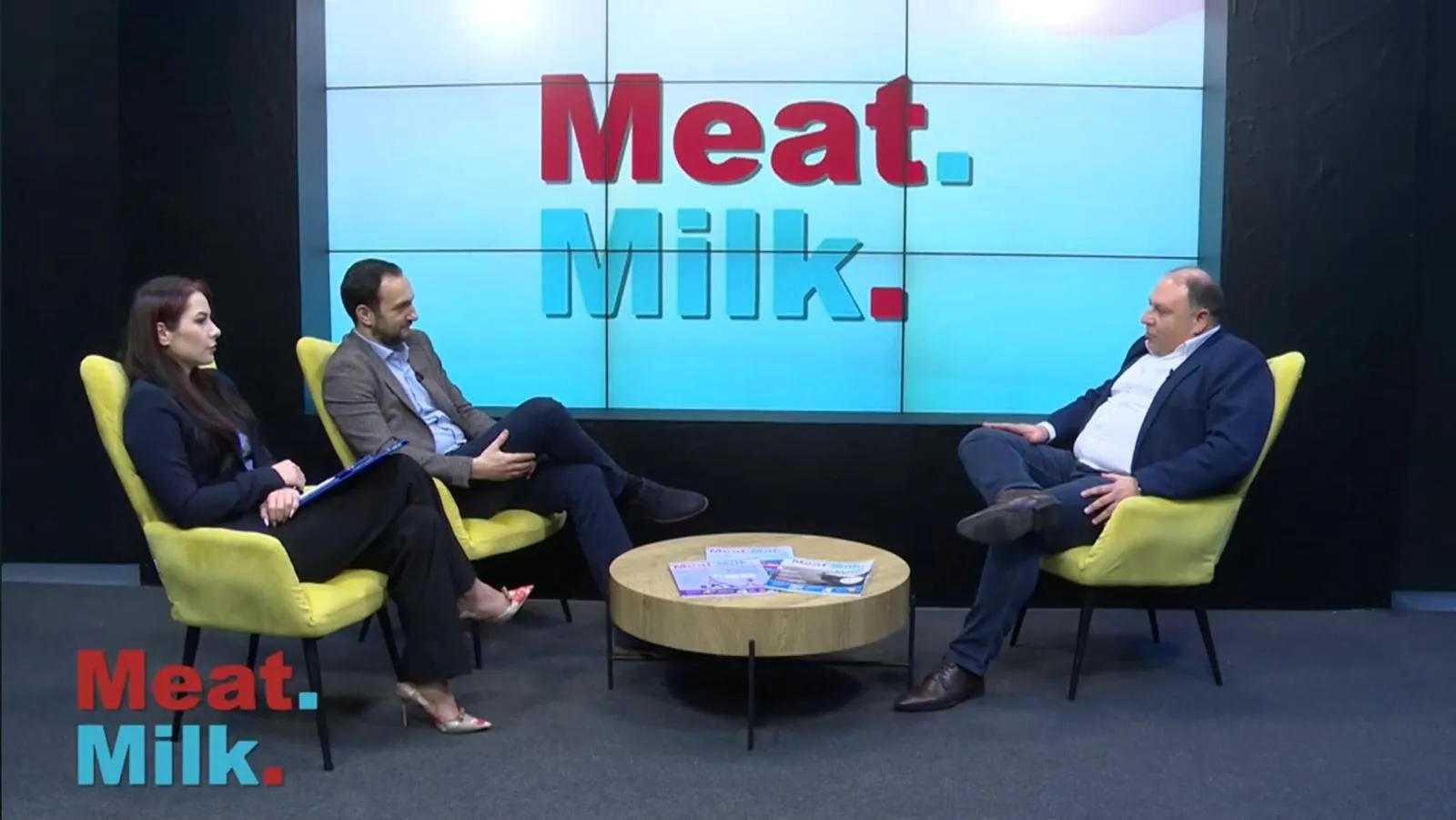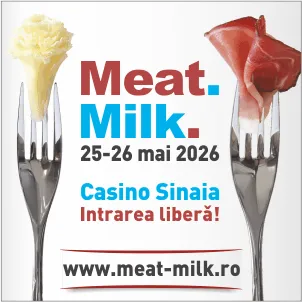1484

Romania’s Meat Industry at a Decisive Crossroads
Romania’s meat industry is at a decisive moment, given the new European standards set to come into force after 2025. The European Commission’s regulations, particularly those related to food safety and sustainability, will impose stricter requirements on slaughterhouses, processors, and distributors.
One example is Regulation (EU) 2017/625 on official controls, which provides for more rigorous checks at all stages of the food chain.
According to Eurostat, Romania ranks 10th in the EU in meat production, but in terms of exports, its performance is far below the European average. FAO highlights that countries failing to comply with standards lose access to premium markets, which poses a major risk for Romania.
According to ANSVSA, more than 25% of Romania’s processing units operate with outdated technology, and their modernization is essential.
The Minister of Agriculture, Florin Barbu, recently stated that “alignment with European standards is not optional, but the only way to maintain the competitiveness of the meat industry.”
For farmers and processors, the challenges involve significant investments in infrastructure, as well as in digitalization, traceability, and animal welfare.
An EFSA report from 2024 shows that animal welfare standards will become more restrictive, in line with the European Green Deal.
In conclusion, Romania’s meat industry must prepare through investments, access to European funds, and public-private partnerships in order to remain relevant in the European single market.
(Photo: Freepik)





